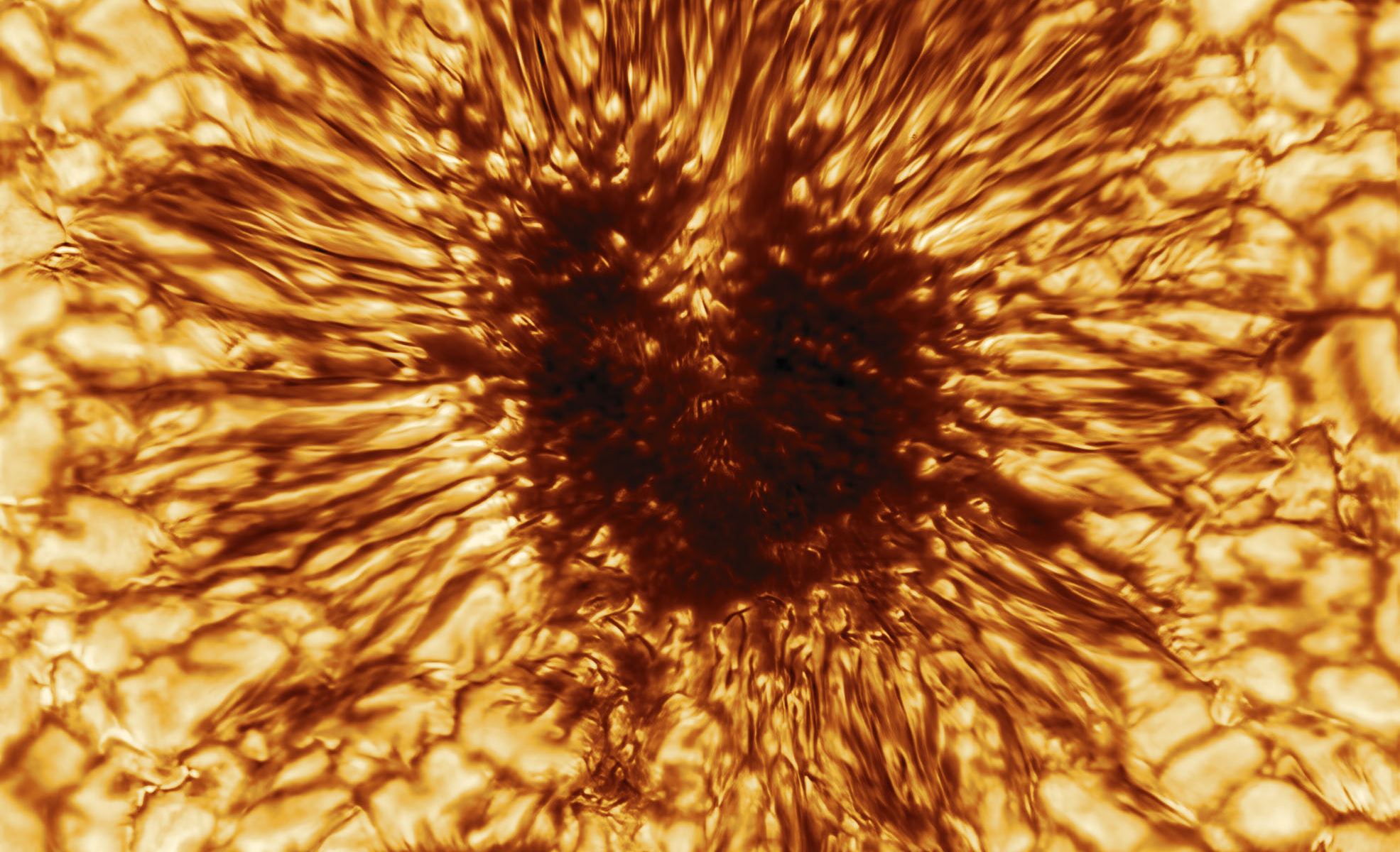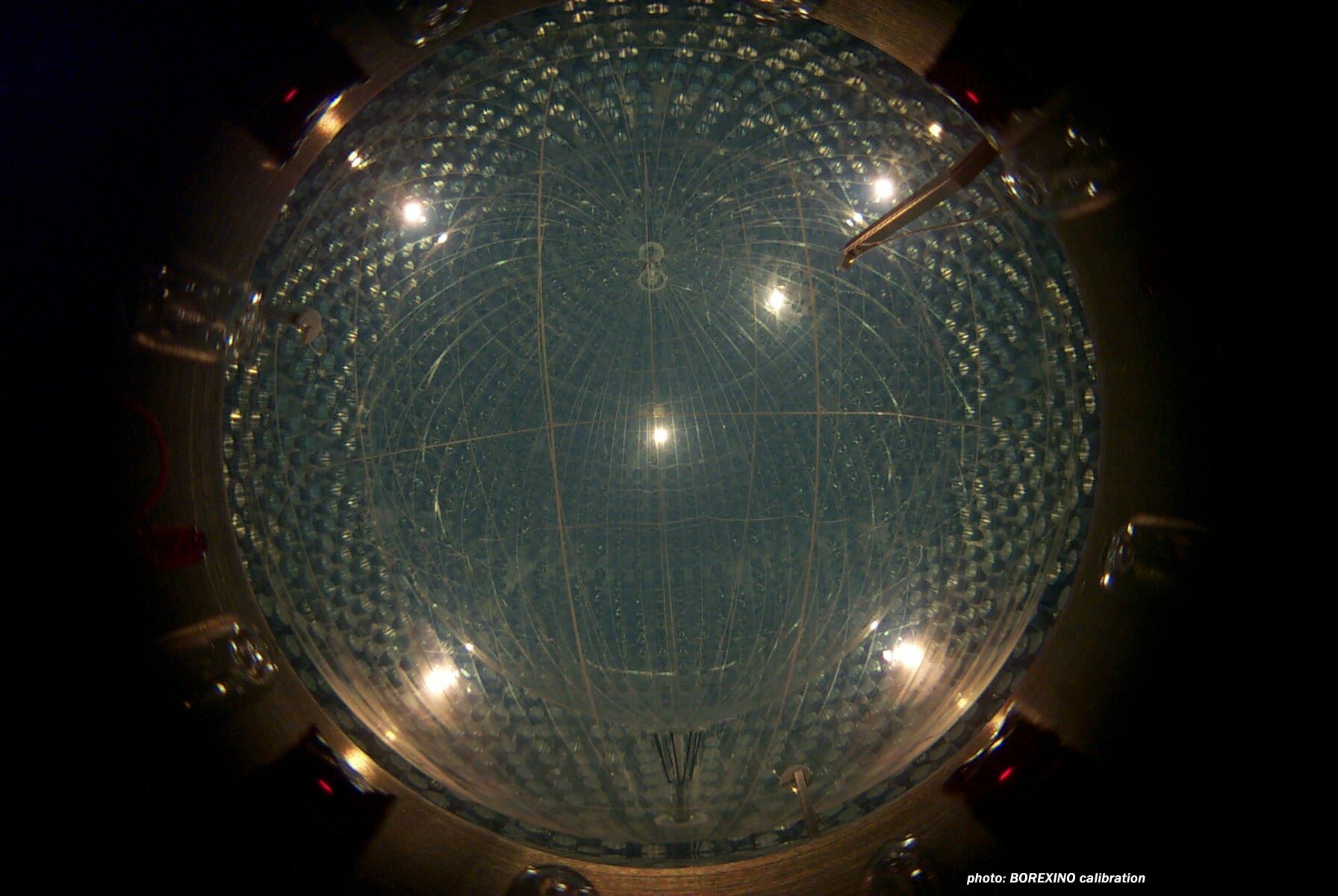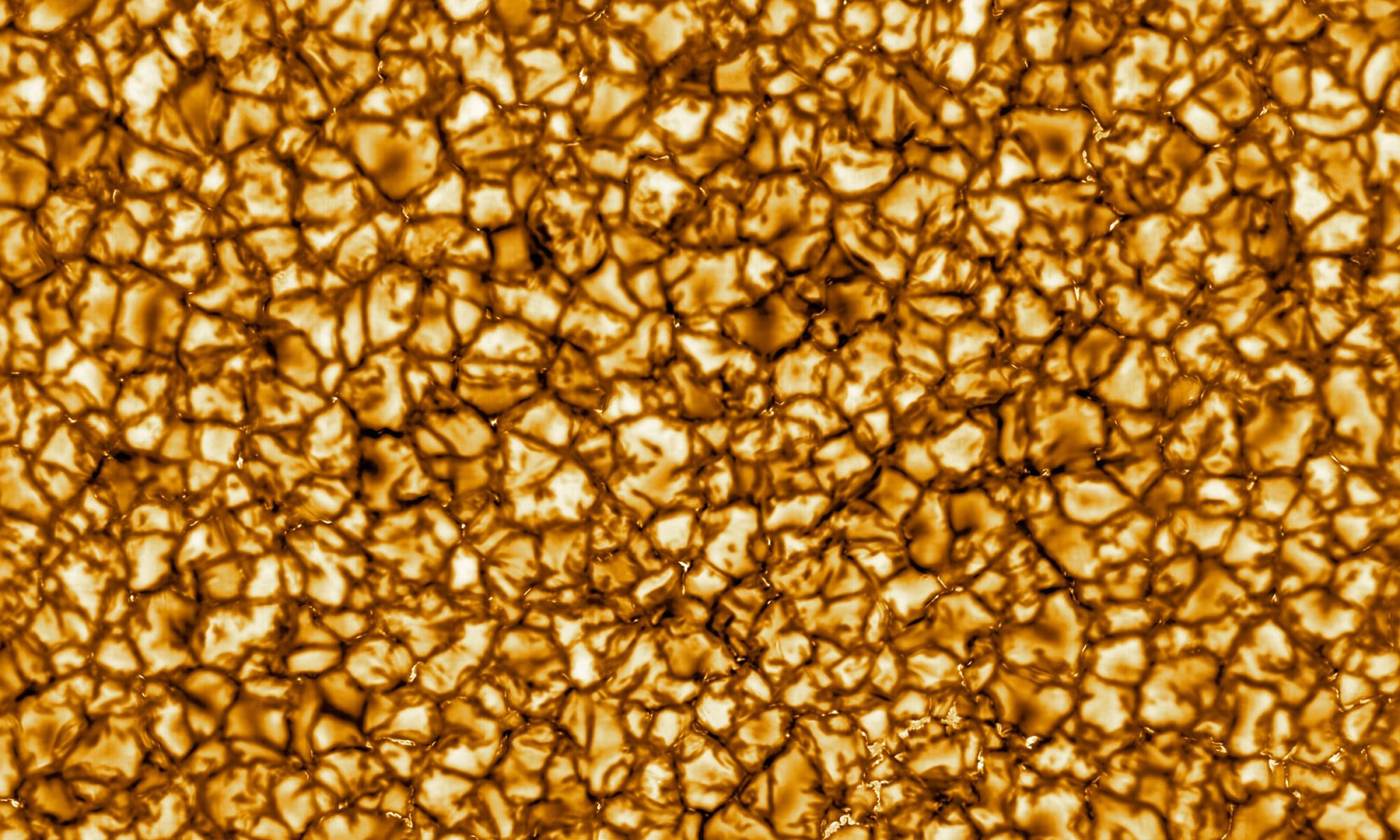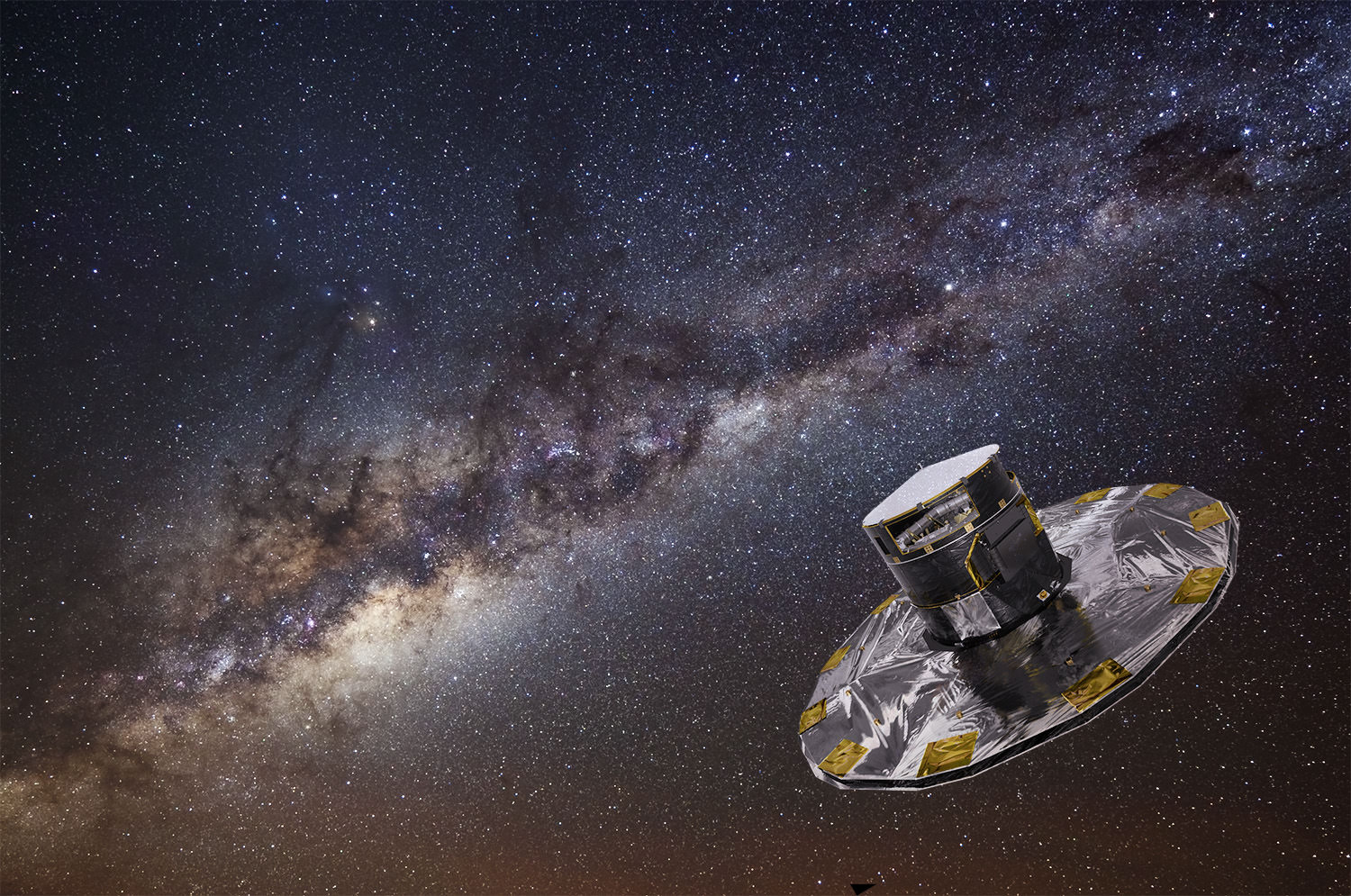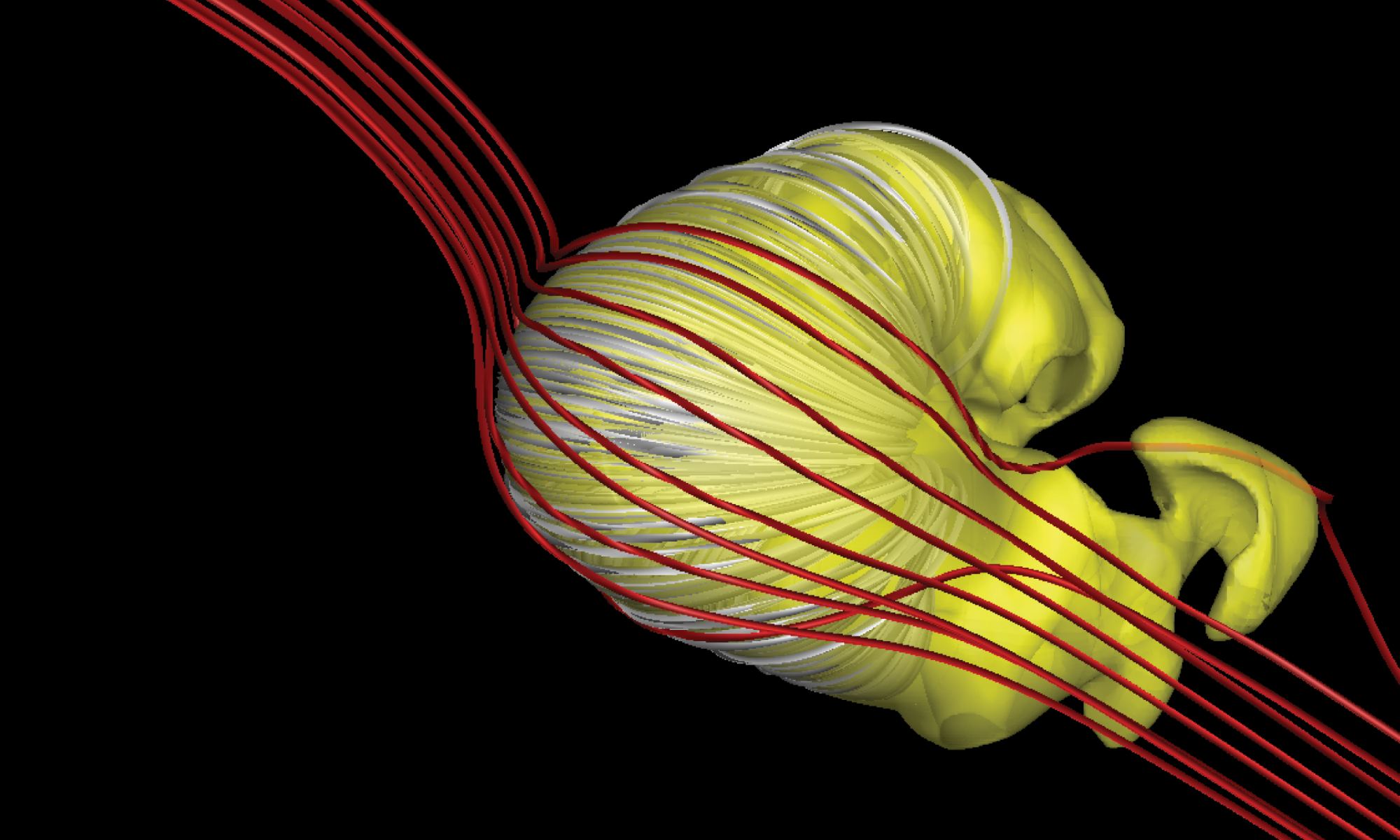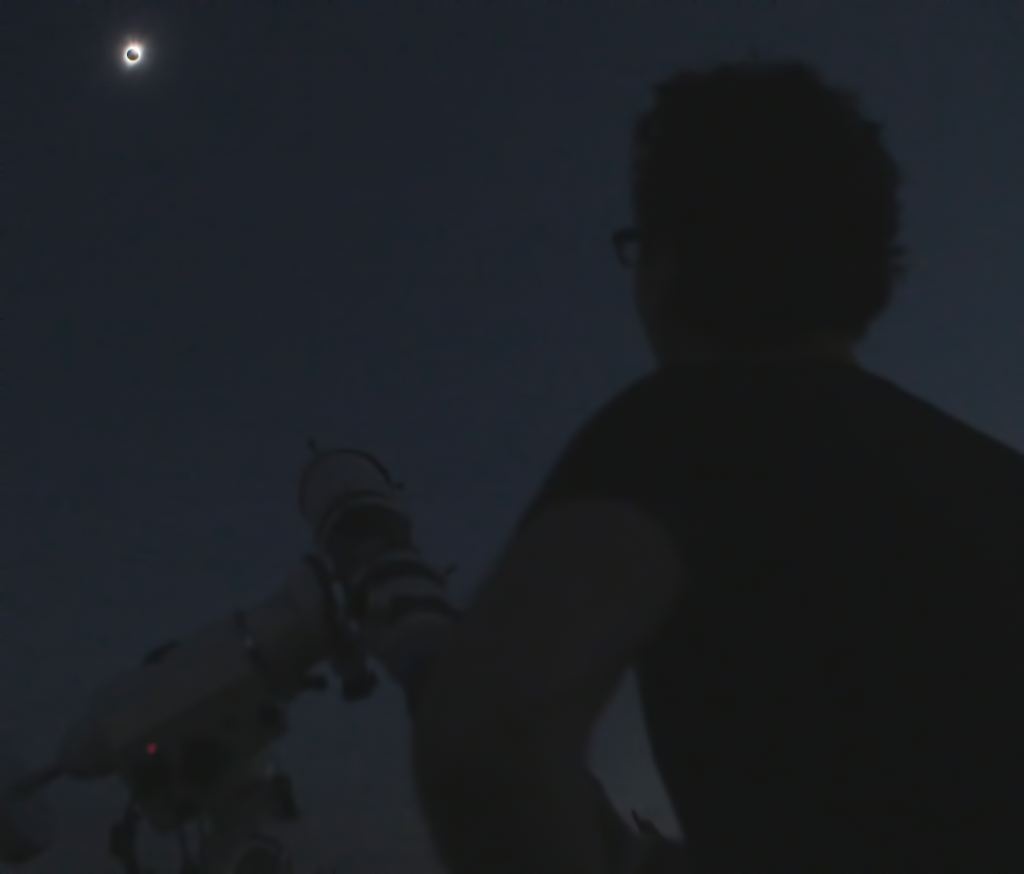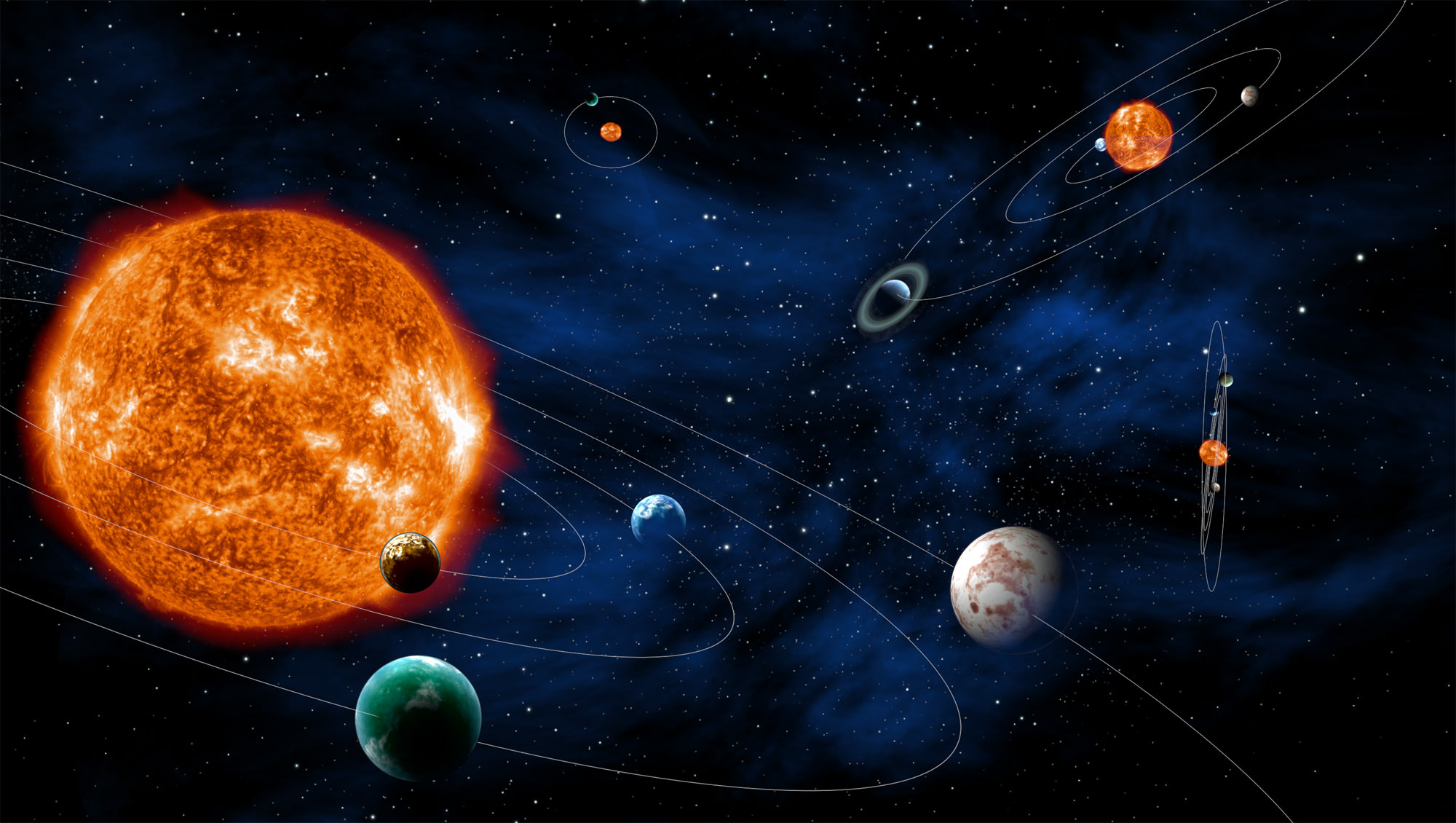A new image from the world’s largest solar observatory shows a spectacular, high resolution view of a gigantic sunspot. The sunpspot measures about 16,000 km (10,000 miles) across, large enough that Earth could fit inside.
Continue reading “A Sunspot Seen by the Most Powerful Solar Telescope in the World”A Sunspot Seen by the Most Powerful Solar Telescope in the World
